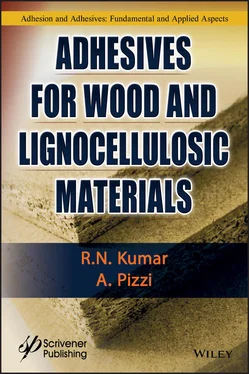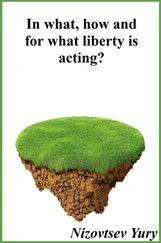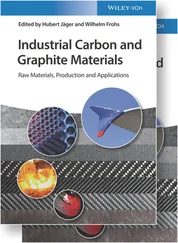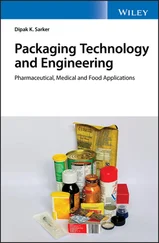In order to make durable wood adhesive bonds in composite wood products, a clear understanding of the nature and uniqueness of wood as a substrate and of the distinctiveness of the wood–adhesive interaction is essential. In this context, it is necessary to mention that substantial differences exist between bonding in the case of wood on the one hand and most other materials on the other. The most obvious characteristics of wood that distinguish wood from other substrates are (a) its porosity, (b) presence of interconnected cells into which adhesive can flow, and (c) the cell walls that have the ability to allow low-molecular-weight chemicals and resins to pass through and in some cases even to react with them. All the above features are due to the special identity that wood possesses in contrast to other substrates.
It is known that wood exhibits multiscale hierarchical structures. As reported by Gao [1], structural hierarchy is a rule of nature and can be observed in many other natural and man-made materials. In recent years, these materials have been called multiscale materials. Hierarchical solids contain structural elements that themselves have further finer structures [2]. In this respect, wood as an adherend is significantly different from other adherends such as metals and plastics.
1.2 Wood, An Adherend with Hierarchical Structure
Wood is basically a fiber-reinforced polymer matrix composite with cellulose as the fiber reinforcement and lignin along with polyoses functioning as mixed polymer matrix. Wood has been found to have a hierarchical cellular structure. The functional efficiency of wood, its exceptional mechanical properties, and other unique characteristics are attributed to the distinctive structure at all its levels of hierarchy. The complex hierarchical structure of wood manifests in a wide range operating from the macro scale in the case of tree to board to growth ring (macro scale), through multilayered cell walls, composite cellulose/hemicellulose microfibrillar structure (micro scale), and down to the structure of the three main polymer components, cellulose, hemicellulose, and lignin (nanoscale).
Hierarchical solids contain basically structural elements that, in turn, have further finer structures; i.e., intricate structural features occur at different size scales.
For instance, the hierarchical nature of wood showing the size scale of each structural element within wood has been illustrated by Moon et al. [3] with typical dimensions given in parentheses:
Tree height (in meters), tree cross section (in cm), growth rings (in mm), cellular structure (in 500 μm), cell wall structure (in 25 μm), fibril-matrix structure (in 300 nm), fibril structure (10 nm), and cellulose (1 nm).
This structural hierarchy of wood can play a significant role in influencing the phenomenon of wood adhesion [3].
In order to maximize the strength and durability of adhesive bonds, one should understand the complex hierarchical structural elements of wood and their interactions with the molecules of the adhesives at various size scales.
It should be appreciated that hierarchical structural elements of wood when exposed to the molecules of adhesives during bonding interact at different size scales in an extremely unique manner not encountered in the case of other adherends. Although the concept of hierarchical model of wood has not been explicitly mentioned, the importance of practical length scale of wood composite elements in wood adhesive bonding has been recognized and reported [4].
1.3 Details of Structural Hierarchy in Wood
The structural hierarchy confers on wood very unique properties. Accordingly, wood is porous, permeable, hygroscopic, and orthotropic. It is a biological composite material of extreme chemical diversity and physical intricacy. Further, wood properties vary between species and even within the same species. They can vary even within a tree. Variability within a single species could be per se significant enough to throw challenge to an adhesive for its consistent and satisfactory performance [5].
There are two major types of wood: softwood (from needle-bearing trees) and hardwood (from broad-leaved trees). The terms softwood and hardwood are misnomers and have little to do with hardness or density. Many softwoods are actually much harder than many hardwoods [5].
In both softwoods and hardwoods, the most noticeable features are the light outer ring and the dark inner core. Thus, the wood in the trunk of the tree is typically divided into two zones, each of which serves an important function distinct from the other. The actively conducting portion of the stem in which parenchyma cells (explained later) are still alive and metabolically active is referred to as sapwood [6].
A looser, more broadly applied definition is that sapwood is the band of lighter-colored wood adjacent to the bark. Heartwood is the darker-colored wood found to the interior of the sapwood. As the tree grows larger in diameter, cells closer to the center of the tree, which are no longer required for these activities, die and are converted to heartwood.
In the living tree, sapwood is responsible not only for conducting sap but also for storage and synthesis of biochemicals. An important storage function is the long-term storage of photosynthesis products. The primary storage products of photosynthates are starch and lipids. Living cells of the sapwood are also the agents of heartwood formation. Biochemicals must be actively synthesized and translocated by living cells [6]. For this reason, living cells at the border between heartwood and sapwood are responsible for the formation and deposition of heartwood chemicals, one important step leading to heartwood formation [7].
These chemicals are collectively named as extractives and are known for protecting the wood. Extractives also play a significant role in the adhesive bonding of wood. Extractives are formed by parenchyma cells at the heartwood–sapwood boundary and are then exuded through pits into adjacent cells [7]. In this way, dead cells can become occluded or infiltrated with extractives despite the fact that these cells lack the ability to synthesize or accumulate these compounds on their own. When these chemicals oxidize, the heartwood darkens, and the border between sapwood and heartwood becomes more distinct. Heartwood formation differs markedly between species, even within trees of the same species. These changes, especially the chemical changes, account for much of the difficulty and unpredictability in the bonding of heartwood [5].
1.3.1.1 Growth Rings and Ring-Porous and Diffuse-Porous Wood
Wood cells are produced by the vascular cambium, the only living part of the tree, at the boundary between bark and sapwood, one layer of cell divisions at a time. These collections of cells produced together over a discrete time interval are known as growth increments or growth rings. Cells formed at the beginning of the growth increment are called earlywood cells, andcells formed in the latter portion of the growth increment are called latewood cells ( Figure 1.1). Springwood and summerwood were terms formerly used to refer to earlywood and latewood, respectively, but their use is no longer recommended [8].
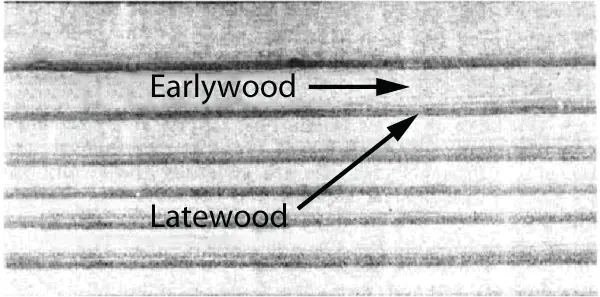
Figure 1.1 Earlywood and latewood [5].
The growth rings are usually prominent because of cyclical variation in color or porosity. These variations are in turn due to the formation of different types of cells and wood structures during different parts of the growing season. The lighter-colored (less dense) and more porous cell tissue of earlywood is formed early in the growing season. The porous earlywood cells are largely responsible for the movement of liquid and nutrients within the tree. The darker (more dense) and less porous cell tissue of the latewood, formed later in the growing season, is largely responsible for mechanically supporting the tree [5] ( Figure 1.1).
Читать дальше
